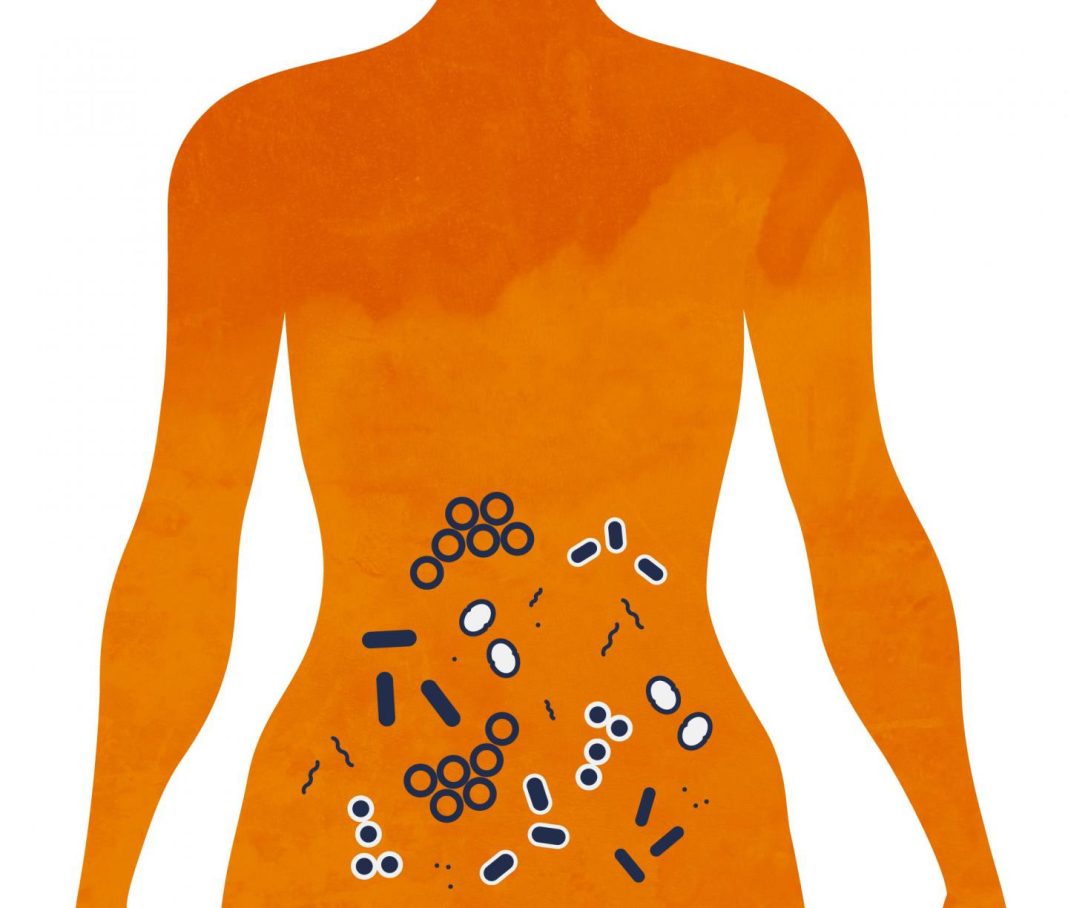A team of scientists, led by investigators at the Albert Einstein College of Medicine just published new findings suggesting that Gardnerella bacteria in the cervicovaginal microbiome may serve as a biomarker to identify women infected with human papillomavirus (HPV), who are at risk for progression to precancer. The findings—published recently in PLOS Pathogens through an article titled ”Cervicovaginal microbiome and natural history of HPV in a longitudinal study”—could lead to therapeutic strategies that manipulate the microbiome to prevent disease progression.
“[HPV] is one of the most common sexually transmitted infections. However, only a small percentage of high-risk (HR) HPV infections progress to cervical precancer and cancer,” the authors noted. “In this study, we investigated the role of the cervicovaginal microbiome (CVM) in the natural history of HR-HPV.”
It is still not clear why only a small proportion of HR-HPV infections progress to cervical cancer. To investigate the potential role of the cervicovaginal microbiome, the research team evaluated cervical samples from 273 women who had HR-HPV infections and were participating in the Costa Rica HPV Vaccine Trial.
“This study was nested within the placebo arm of the Costa Rica HPV Vaccine Trial that included women aged 18–25 years of age,” the authors wrote. “Cervical samples from two visits of women with an incident HR-HPV infection (n = 273 women) were used to evaluate the prospective role of the CVM on the natural history of HR-HPV. We focus specifically on infection clearance, persistence, and progression to cervical intraepithelial neoplasia grade 2 and 3 (CIN2+).”
The researchers found that the abundance of Lactobacillus iners was associated with clearance of HR-HPV infections. By contrast, Gardnerella bacteria were the dominant biomarker for the progression of HR-HPV. Additional analyses revealed that the effect of Gardnerella is mediated by increased cervicovaginal bacterial diversity directly preceding the progression of a persistent infection to precancer.
Remarkably, the current study findings suggest that monitoring the presence of Gardnerella and the subsequent elevation in microbial diversity could be used to identify women with persistent high-risk HPV infection at risk for progression to precancer. If future studies support a causal role of the cervicovaginal microbiome and disease progression, then it might be possible to manipulate the cervicovaginal microbiome in a manner to activate a local immune response and prevent disease progression.
“The results of our study suggest a novel association between the effect of Gardnerella and disruption of CVM homeostasis that can influence the pathway of HR-HPV infection progression to cervical precancer,” the authors concluded. “We further show the interplay between several key components of the cervicovaginal microbiome and demonstrate that within the context of HR-HPV natural history, the effect of Gardnerella is mediated by increased cervicovaginal bacterial diversity directly preceding the progression of a persistent infection to precancer.”


